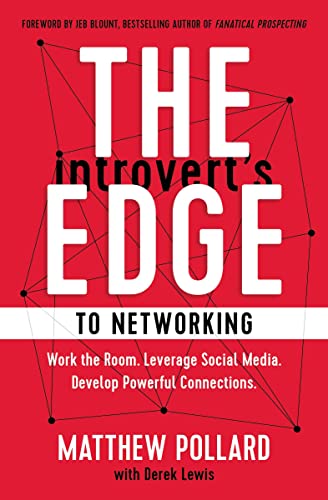Sarah, a small business owner running a boutique handmade jewelry shop, once thought networking was all about attending stuffy cocktail parties and exchanging business cards with strangers. It felt superficial, and she wasn’t seeing any real benefits for her business.
Then, Sarah discovered a different approach—one that focused on cultivating genuine relationships, and suddenly, everything changed.
If you’ve ever felt like Sarah, overwhelmed by the idea of networking, here’s a fresh perspective. Let’s dive into how small business owners can build a powerful network that fuels growth, no fluff included—just real, tangible results.
1. Stop Collecting, Start Cultivating
In the early days, Sarah collected business cards like souvenirs, thinking the more she had, the better her network. But soon, she realized those cards were just clutter without meaningful connections behind them. So, she shifted her focus.
Instead of gathering contacts, Sarah started to cultivate relationships. She reached out to a local fashion boutique owner who shared her target audience and genuinely invested time in getting to know them. They ended up collaborating on a special event that benefited both businesses.
For you, it’s about quality over quantity. Identify individuals or businesses that align with your goals and focus on building deep, meaningful relationships with them.
2. Become a Value Provider
Sarah noticed a change when she started giving more than she took. She began sharing tips on jewelry care with her network and offered to connect her contacts with others who could help them.
By being a resource and problem-solver, Sarah became known as someone valuable to know. When you provide value, whether it’s through sharing knowledge, making introductions, or offering insights, your network will naturally want to reciprocate.
3. Leverage Technology Strategically
At first, Sarah used LinkedIn just to keep her online resume updated. But then she started joining discussions in jewelry-making groups and posting about trends in the fashion industry. This expanded her reach far beyond her local community.
You can do the same. Use platforms like LinkedIn or industry-specific forums to engage with professionals worldwide. Share your expertise and connect with others who can help you grow.
4. Go Beyond the Handshake
After meeting new people, Sarah didn’t let the connection fade. She followed up with personalized messages, shared articles that might interest them, and occasionally offered to introduce them to someone in her circle.
These small gestures went a long way in strengthening her relationships. Make it a habit to follow up after every interaction. It shows thoughtfulness and keeps your connections alive.
5. Track and Analyze
Sarah kept a simple spreadsheet where she tracked her networking activities—who she met, when they spoke, and any follow-up actions. This helped her see which strategies worked best and which connections were most beneficial.
Tracking your efforts doesn’t have to be complicated. A simple system to monitor your interactions can help you refine your approach and maximize your networking ROI.
6. Be Patient and Persistent
Networking didn’t pay off for Sarah overnight. But with time and consistent effort, her network became a powerful engine for her business. Collaborations, referrals, and new opportunities started to flow in.
Building a strong network takes time. Don’t get discouraged if results aren’t immediate. Stay patient, be persistent, and your efforts will eventually pay off.
Casey Speaking…
Sarah’s journey shows that networking isn’t about collecting contacts—it’s about cultivating genuine, mutually beneficial relationships. By providing value, strategically using technology, and being consistent in your efforts, you can transform your network into a powerful tool for business growth.
Forget the fluff and focus on real connections. Just like Sarah, you’ll soon see how a well-nurtured network can help your business thrive.







